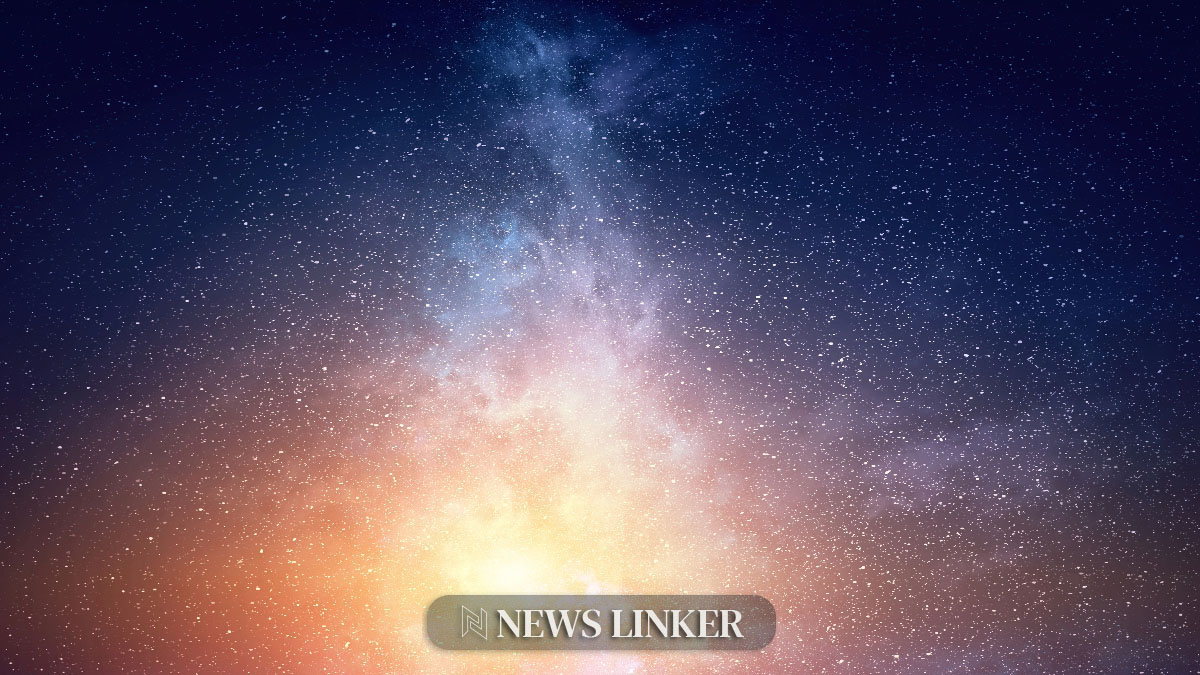The completion of the LSST Camera by the Vera C. Rubin Observatory signals a new era in astronomical discovery, with its 10-year Legacy Survey of Space and Time poised to begin in 2025. This revolutionary instrument will probe the cosmos to unprecedented depths, shedding light on dark matter and energy, mapping the Milky Way, and cataloging celestial objects in remarkable detail. As anticipation builds, the scientific community eagerly awaits the deluge of data that promises to transform our understanding of the universe.
The Vera C. Rubin Observatory has its roots in the early 2000s when the astronomical community sought to dramatically expand observational capabilities. Prior efforts laid the groundwork for what is now the cusp of realization; the Rubin Observatory is the product of years of technological advancements, international collaboration, and a vision that extends far beyond our solar neighborhood. Throughout its development, the observatory’s mission has been shaped by the broader goals of modern cosmology and the evolving needs of the astronomical research community.
What Makes the LSST Camera Unique?
Forged through a collaborative effort that spans continents, the LSST Camera stands as a paragon of modern engineering. Its staggering size, comparable to a small SUV, and impressive weight of almost 2800 kg (6200 lbs) belie the delicate precision of its capabilities. With a wide field of view and the ability to capture ultraviolet to near-infrared light, the camera is set to reveal the universe in a clarity never seen before. The depth and breadth of its observational power will offer an unprecedentedly detailed view of billions of stars and galaxies, enabling a multitude of research opportunities in astronomy and astrophysics.
How Will Rubin’s Survey Impact Astronomy?
A recent scientific paper published in the Journal of Astronomical Telescopes, Instruments, and Systems titled “The Large Synoptic Survey Telescope: from Science Drivers to Reference Design and Anticipated Data Products” delves into the technical design and expected contributions of surveys like Rubin’s. The paper discusses the transformative potential of such comprehensive sky surveys, emphasizing their capacity to resolve unanswered questions in cosmology, such as the nature of dark matter and the characteristics of cosmic expansion. By correlating the Rubin Observatory’s goals with the insights from this paper, it becomes evident that the LSST Camera is equipped not just to observe, but to discover.
What Does Rubin’s Completion Mean for Future Research?
The observatory’s potential extends to the practical aspects of planetary defense, as it will catalog near-Earth objects and interstellar visitors, thereby contributing to the safety and knowledge of our cosmic environment. Additionally, the Rubin Observatory will enhance the prospects of interstellar study by providing detailed observations of objects that enter the solar system, offering potential targets for future space missions.
Helpful Points for the Reader:
- The LSST Camera will generate approximately 5,000 terabytes of data annually.
- Its field of view is wide enough to map the universe’s structure in detail.
- Understanding weak gravitational lensing will be a key outcome of the survey.
As the LSST Camera prepares to join the Simonyi Survey Telescope at the Rubin Observatory in Chile, the future of astronomy brightens with the prospect of comprehensive data. This monumental milestone, born from international effort and advanced engineering, will yield discoveries that are crucial for expanding our cosmic understanding and addressing fundamental questions in physics. With each captured image, the Rubin Observatory will peel back layers of the cosmic landscape, offering insights that will resonate across the scientific community and beyond. As Kathy Turner has suggested, the forthcoming revelations about our universe are not just anticipated; they are essential for furthering our grasp of the fundamental forces that govern it.










